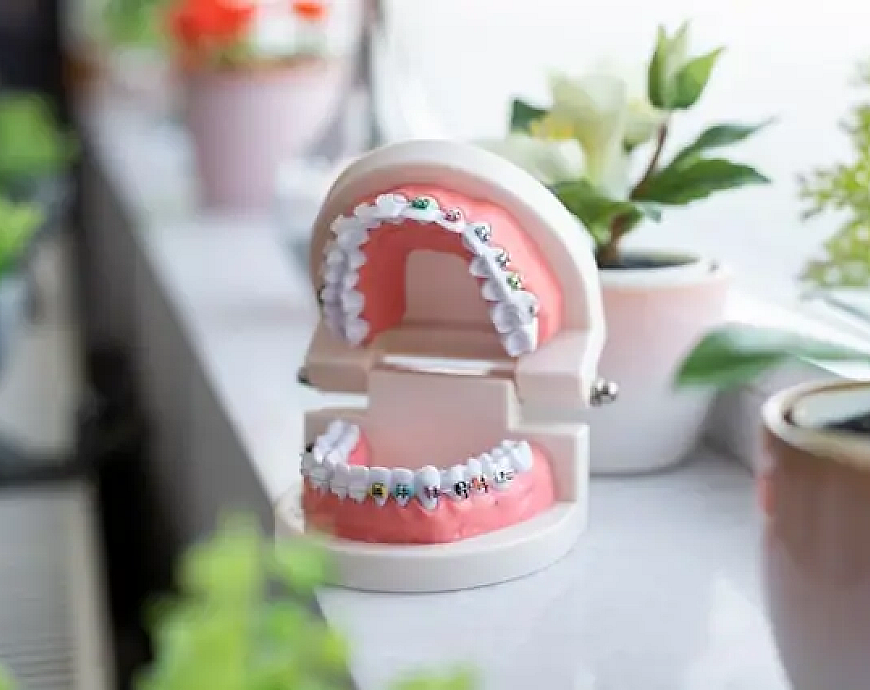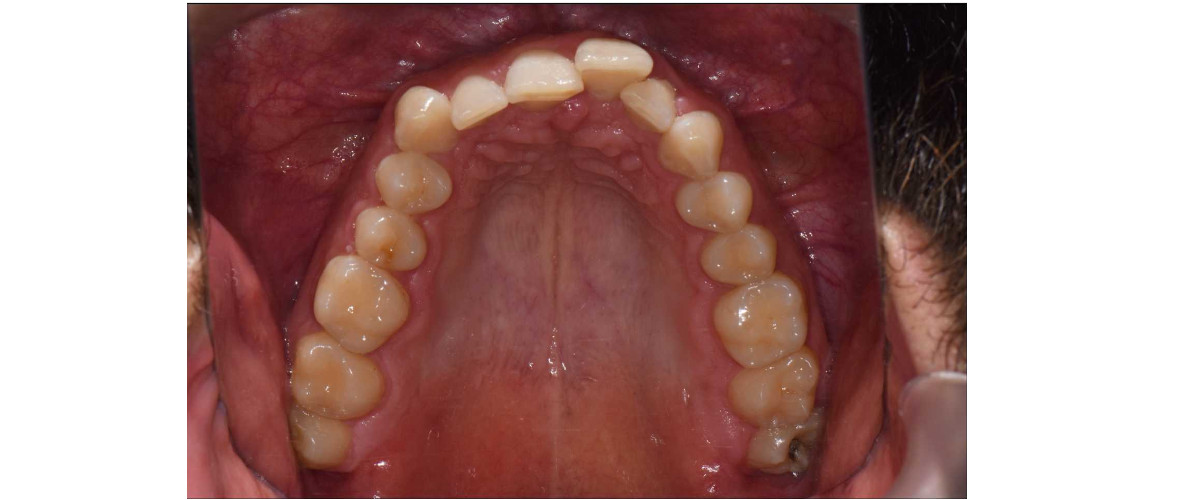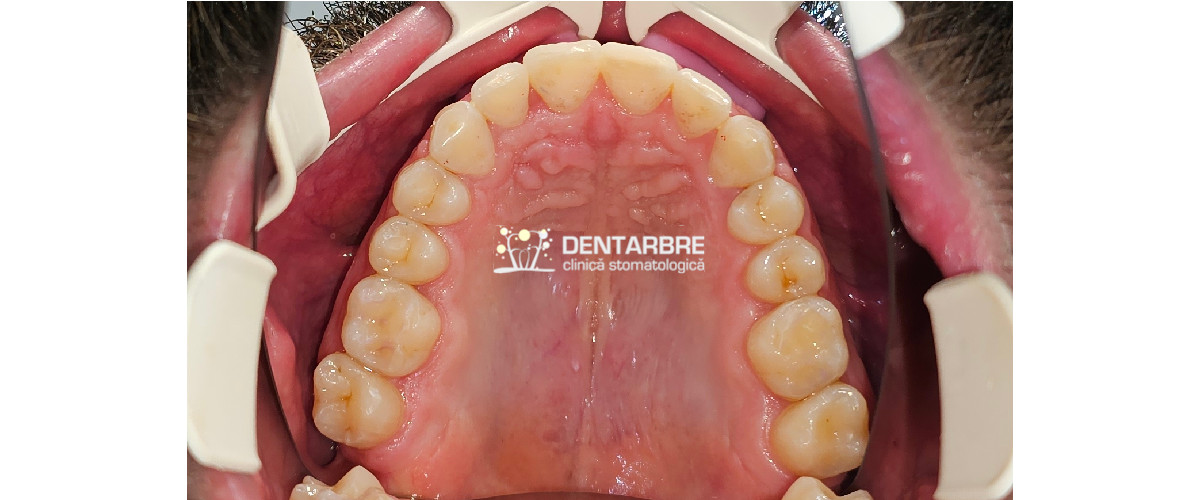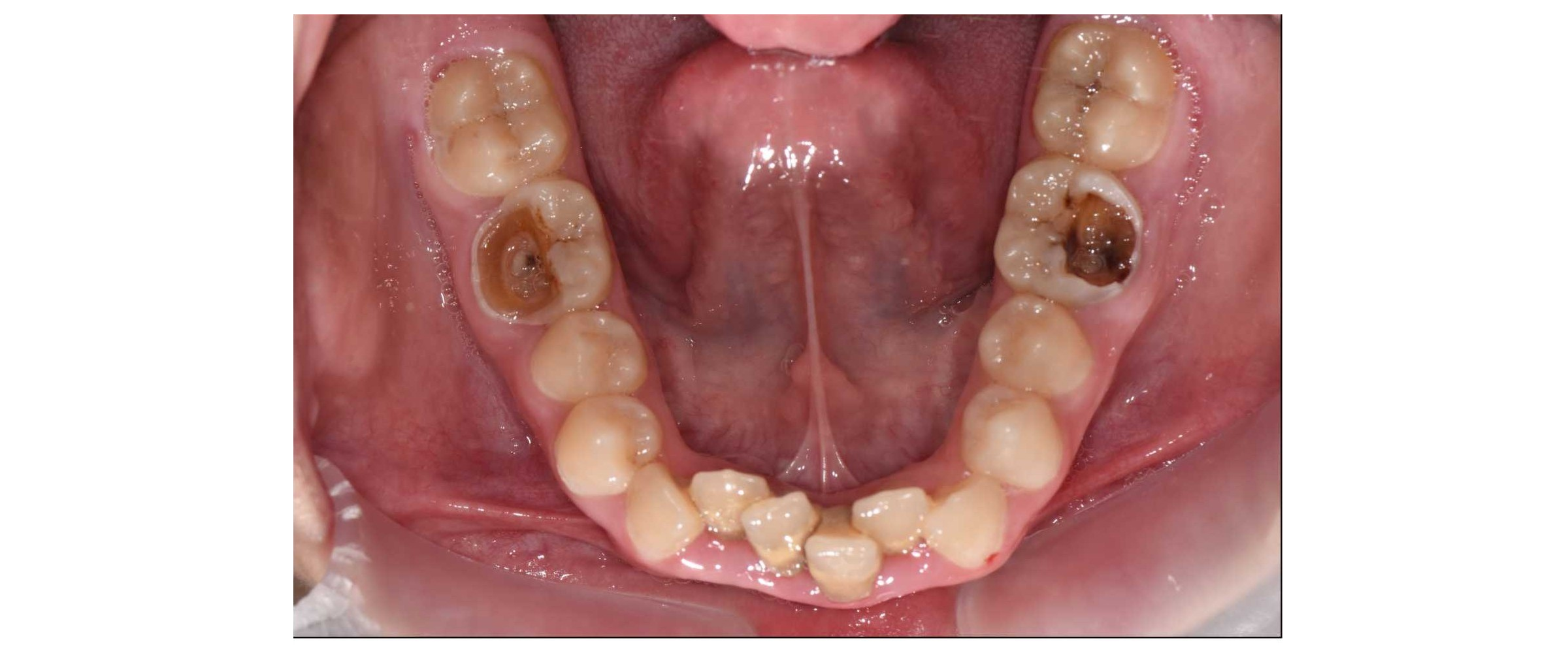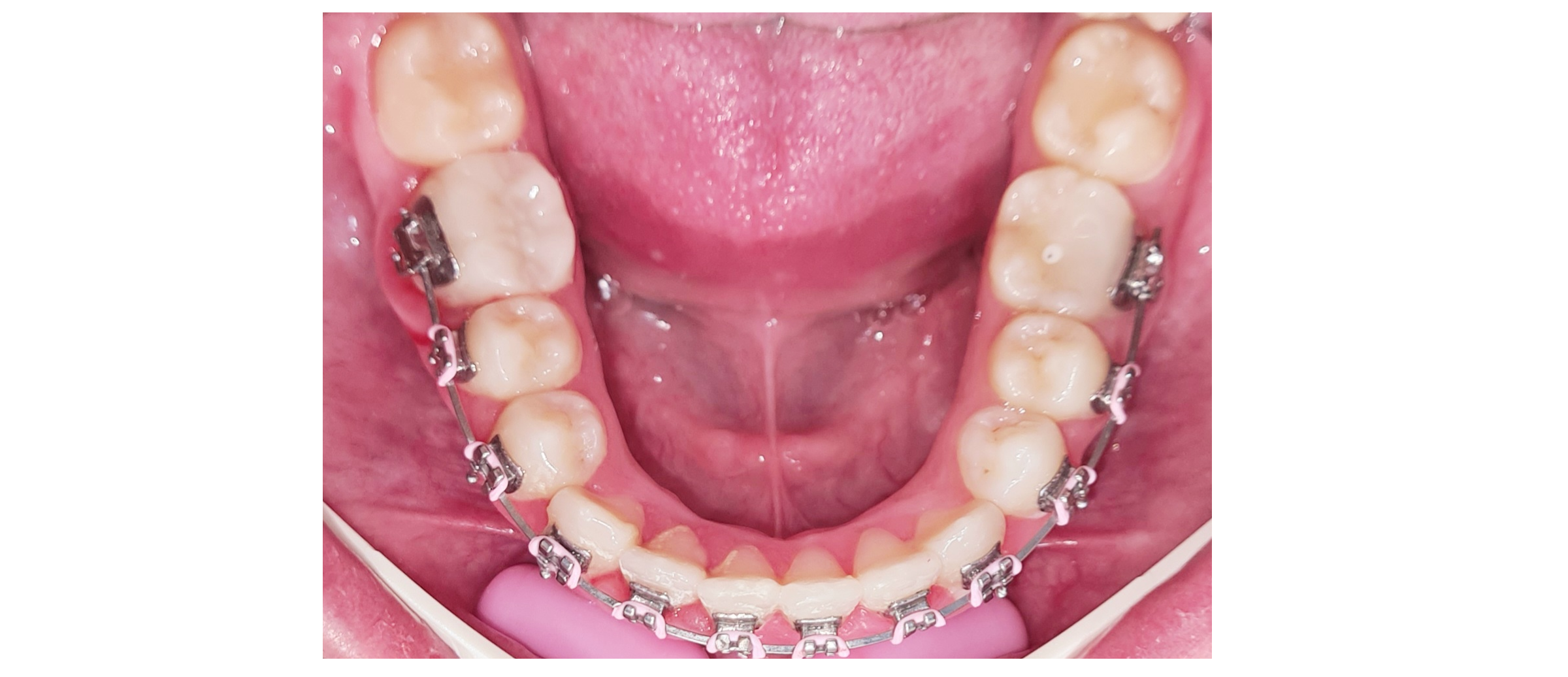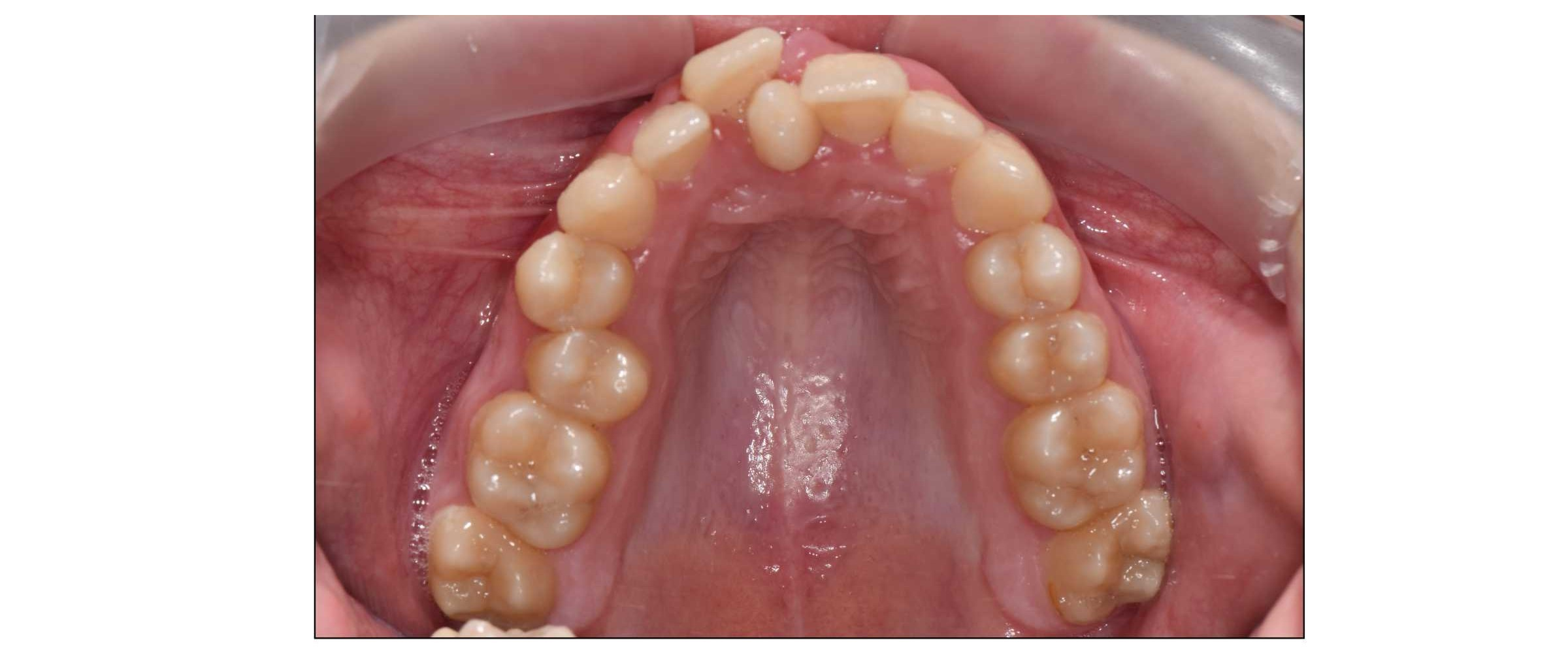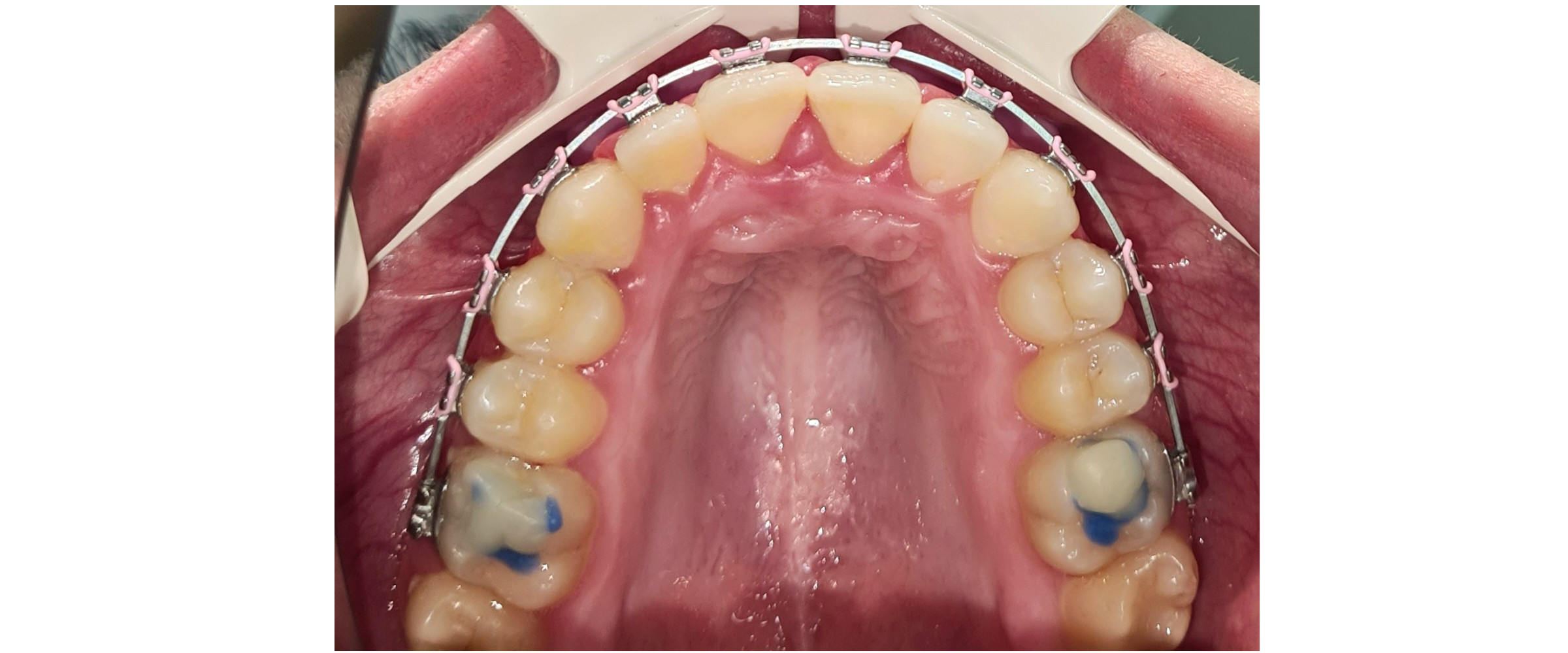Teeth alignment problems, regardless of their severity, often require orthodontic treatment. In most cases, patients who end up benefiting from it achieve major aesthetic and functional benefits. Dental braces are the fundamental tool used in orthodontic treatments to correct malocclusions and problems associated with incorrect occlusion.
Over the last decades, braces have evolved significantly in terms of technology and materials used, currently reaching from the use of fixed braces, equipped with metal brackets and stainless steel wires, to invisible braces, with transparent mouth guards, comfortable and invisible from the outside. The evolution of the dental braces has determined the improvement of the quality of the medical act and the experience of patients following a treatment with orthodontic braces .
What are dental braces?
Dental braces are medical devices used in orthodontic treatment to correct the position of teeth and jaws in various clinical situations. Dental braces generally consist of brackets, small orthodontic structures that are attached to the surface of the teeth, and metal springs, thin but very strong wires made of metal alloys, designed to apply a constant and controlled force to the teeth.
Recent technologies have replaced metal brackets and arches with braces, devices made of a transparent plastic material, made on the basis of a mold of the patient's teeth. Braces, found on Spark or Invisalign braces, are an aesthetic and comfortable alternative to traditional braces.
Dental braces - results before and after
When do you need braces?
One of the main indications for the use of dental braces is the presence of overlapping or crowded teeth, a common problem that can compromise both the aesthetics of the smile and oral health.
Another situation that necessitates treatment with orthodontic braces occur when the patient is dissatisfied with his smile and feels aesthetic discomfort. Braces can transform an insecure smile into a confident one, providing a pleasing and healthy result.
Other reasons why braces may be recommended include spaced teeth and malocclusion. Spaced teeth can be caused by genetics, bad childhood habits (such as finger pointing or tongue sticking), extraction of teeth without proper dentures or periodontal disease and can cause problems with the functioning of the teeth.
Incorrect occlusion, characterized by misalignment of upper and lower teeth, can cause uneven distribution of masticatory forces, accelerated tooth wear, caries and gum disease, as well as tooth mobility.
Types of dental braces
In orthodontics, there are several types of braces available, each with distinct features to suit different patient needs and preferences. The main types include fixed braces (metal and ceramic), lingual braces, invisible braces with brackets, and removable braces.
Choosing the right type of dental braces depends on the orthodontist's diagnosis and recommendations, but also on the patient's aesthetic preferences. Each has specific advantages and limitations, and the final decision should be made after discussion with the specialist.
Fixed dental braces
The fixed dental braces are a special construction applied to the vestibular or lingual surface of the teeth, made of metal or ceramic materials. Fixed braces consist of small brackets that stick to the surface of the teeth and are joined by metal springs.
In the case of molars, the traditional treatment uses cemented metal rings, but the doctor can also opt for tubes attached similar to brackets, such a technique reducing the patient's discomfort and facilitating sanitation in the respective areas.
The fixed orthodontic braces are used to correct severe or moderate dental alignment problems, being recommended for both adults and children.
Fixed metal braces
Fixed metal braces consist of metal brackets connected with metal springs. Suitable for treating most orthodontic conditions, fixed metal braces are notable for their superior strength and generally lower costs compared to other types of braces.
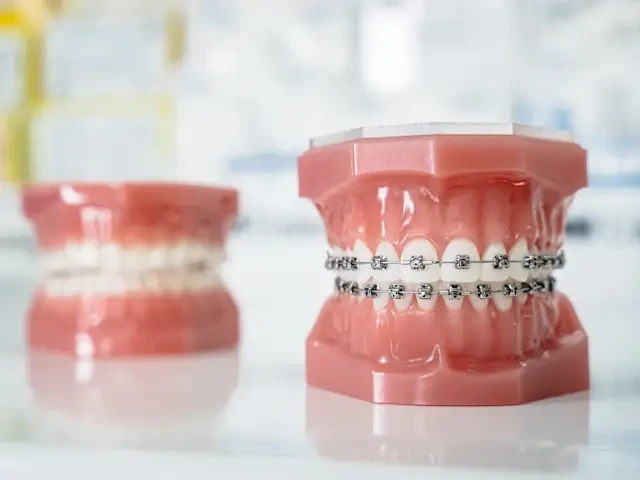
Damon ULTIMA Self-ligating dental braces
Damon braces represent a significant innovation in the field of orthodontics, with major benefits for patients, as they allow teeth to be aligned in a natural and effective way, eliminating the need for excessive activation or the use of elastics. Damon braces are based on a system of self-ligating brackets, which allows freer movement of the teeth, which leads to faster and more comfortable treatment.
Orthodontic treatment with Damon braces greatly improves the patient experience, providing optimal results without the inconveniences associated with traditional braces.
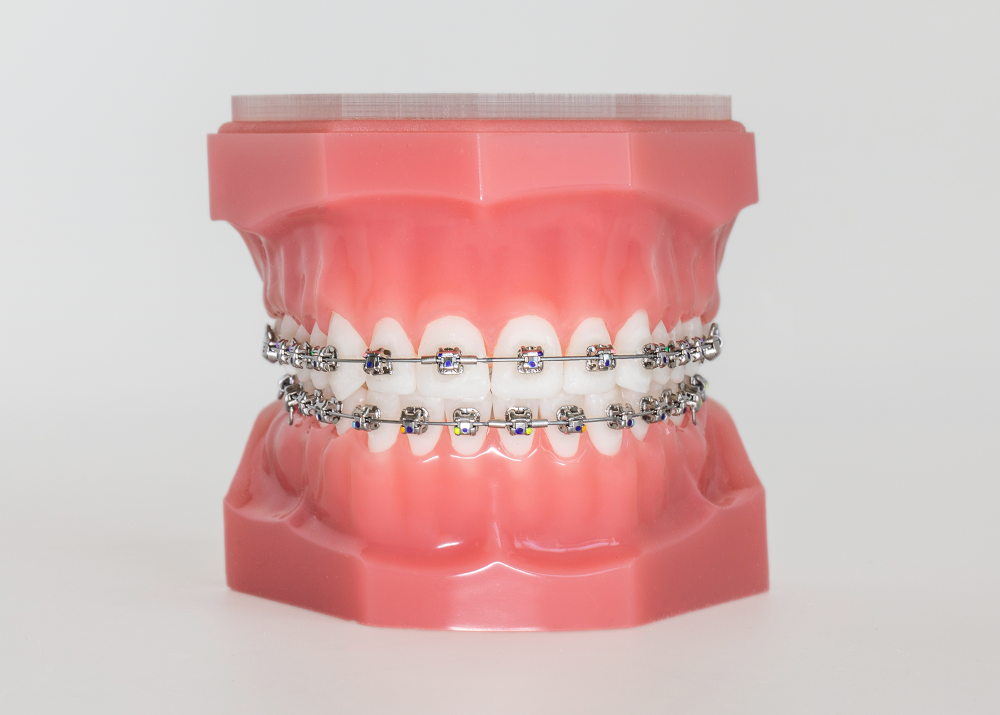
Fixed ceramic dental braces
Ceramic fixed braces are a popular option and significantly more aesthetic, as metal brackets are replaced by transparent ceramic brackets, being less visible from the outside. In addition to the aesthetic advantage, ceramic fixed braces are appreciated because the color of the brackets does not change and it is resistant to stains.
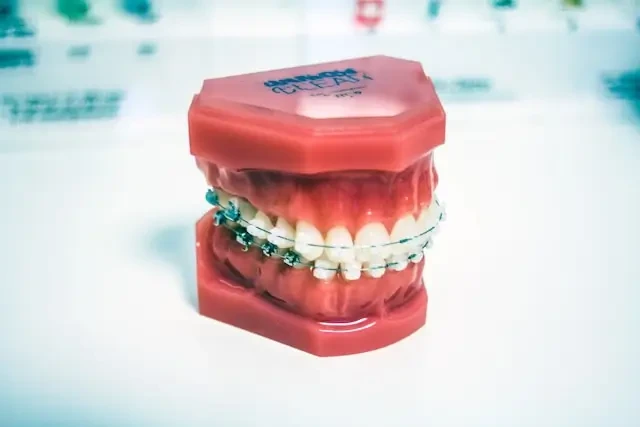
Sapphire braces
Sapphire braces use brackets made of transparent sapphire crystal, also difficult for other people to notice. Sapphire crystal brackets are extremely transparent and match the natural shade of the teeth very well, making them almost invisible compared to other materials. In addition, sapphire brackets are smooth and comfortable for the patient's lips and cheeks, reducing the risk of irritation and injury.

Fixed lingual braces
The lingual braces are a fixed orthodontic device fitted with brackets mounted on the internal side of the teeth, i.e. on the lingual or palatal surface of the dental arches. It is normally invisible when smiling or speaking because its components are hidden behind the teeth. The very main feature of the lingual appliance, namely that the brackets are glued to the back of the teeth, is its main advantage.
Transparent invisible braces with mouthguards
The transparent invisible brace with mouthguards is a specific type of brace, made of a transparent plastic material, almost invisible to the people with whom the wearer comes into contact. The main advantages of clear braces include:
- superior aesthetics;
- increased comfort and flexibility (does not irritate the gums or cheeks);
- the possibility of being removed for brushing;
- the ease with which they are adjusted.
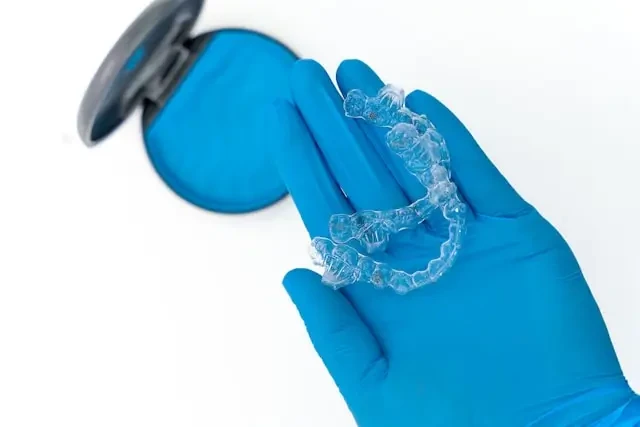
The mobile dental braces
A removable brace is a specific type of brace, versatile and easily adaptable for various orthodontic needs, generally designed from plastic materials, which can be removed by the patient. It is mainly used for orthodontic treatments in children, but can also be used in cases where the existing orthodontic problem is minor.
How much do dental braces cost - Price?
Determining the cost of braces depends on several factors, including the type of brace chosen, the complexity of the case and the length of treatment. For detailed and up-to-date information on the prices of different types of dental appliances, you can visit the clinic's pricing page.
In general, fixed metal braces are the most affordable from a financial point of view, followed by ceramic and sapphire braces, which are more expensive because they are made of more aesthetic and discreet materials. Invisible braces, such as those that use clear trays, tend to be among the more expensive options due to the advanced technology used in their design.
For an accurate assessment and a personalized treatment plan, consultation with the orthodontist is recommended. Each case is different, so the cost of a dental appliance differs significantly from one case to another, depending on the specific needs of each patient.
| Type of dental braces | Cost RON |
| METALIC dental braces / arch | 2500 |
| CERAMIC dental braces / arch | 3000 |
| SAFIR dental braces / arch | 3500 |
| DAMON Ultima dental braces / arch | 4000 |
| Mobile dental braces | 1100 |
| Invisible dental braces Spark 10 (per arch) | 6500 |
| Invisible dental braces Spark 10 full (both arches) | 8500 |
| Invisible dental braces Spark 20 (per arch) | 12000 |
| Invisible dental braces Spark 20 full (both arches) | 15000 |
| Invisible dental braces Spark Advanced (per arch) | 18000 |
| Invisible dental braces Spark Advanced (both arches) | 20000 |
Stages of dental braces treatment
In the case of any type of dental treatment, the main stage is the control at the dentist. In the case of orthodontic treatment, during the initial consultation, the doctor will perform a thorough clinical examination and discuss with the patient his concerns and goals.
The following stages of a braces treatment, in order, are:
- creation of a diagnostic file (includes dental impressions to create study models of the dentition, intraoral and extraoral photographs, panoramic and cephalometric radiographs);
- designing a treatment plan, based on the diagnostic file (specify the type of dental appliance needed, the estimated duration of the treatment and the precise objectives of aligning the teeth);
- placement of the dental appliance (represents the stage in which the braces are applied);
- treatment monitoring (during the entire treatment, the patient must come for periodic check-ups at the orthodontist).
Once the treatment goals are achieved, the braces are removed. The orthodontist will evaluate the final results and make the necessary adjustments to ensure optimal alignment of the teeth. The patient receives instructions on post-treatment dental care. After the removal of the dental braces, the post-treatment phase begins, which involves the wearing of retainers.
Dental braces for adults
The technological advance recorded in the field of orthodontics currently allows orthodontic treatments to be performed at any age. Wearing braces for adults can bring important aesthetic and functional benefits, providing the opportunity to achieve a beautiful and healthy smile at any age. Plus, despite popular opinion, braces for adults can be affordable, comfortable, and discreet.
Dental braces for children
General recommendations advocate that orthodontic treatment be started as early in life as possible, preferably before the eruption of all permanent teeth. Children's braces can be worn after the age of 6-7, sometimes even earlier, to align the teeth.
Initiating orthodontic treatment in childhood allows the doctor to intervene at an early stage of dental and jaw development, which can lead to faster and more effective results. At this age, the jaw bones are still growing, which makes it easier to correct alignment and bite problems. There are several types of children's braces, each with specific advantages. Fixed braces are the most commonly used, along with removable braces
The benefits and advantages of dental braces
Wearing braces, whether fixed or removable, can significantly improve tooth alignment and correct dental malocclusions. Aesthetics are often the main reason many patients choose to undergo orthodontic treatment, as straight and aligned teeth are considered more attractive.
In addition to aesthetic benefits, orthodontic treatment also has important functional benefits. Fixed or removable braces can support the proper development of the jawbones and direct the eruption of permanent teeth in children. Correcting the position of the teeth can also improve speech and pronunciation and reduce the risk of tooth decay and other long-term dental complications.

Dr. Laura Roșca answers questions:
+40787877799 | +40762573398
contact@dentarbre.comȘoseaua Colentina, nr. 16, Bl. A1, Complex Rose Garden, Sector 2, Zona Obor - Colentina - Doamna Ghica
